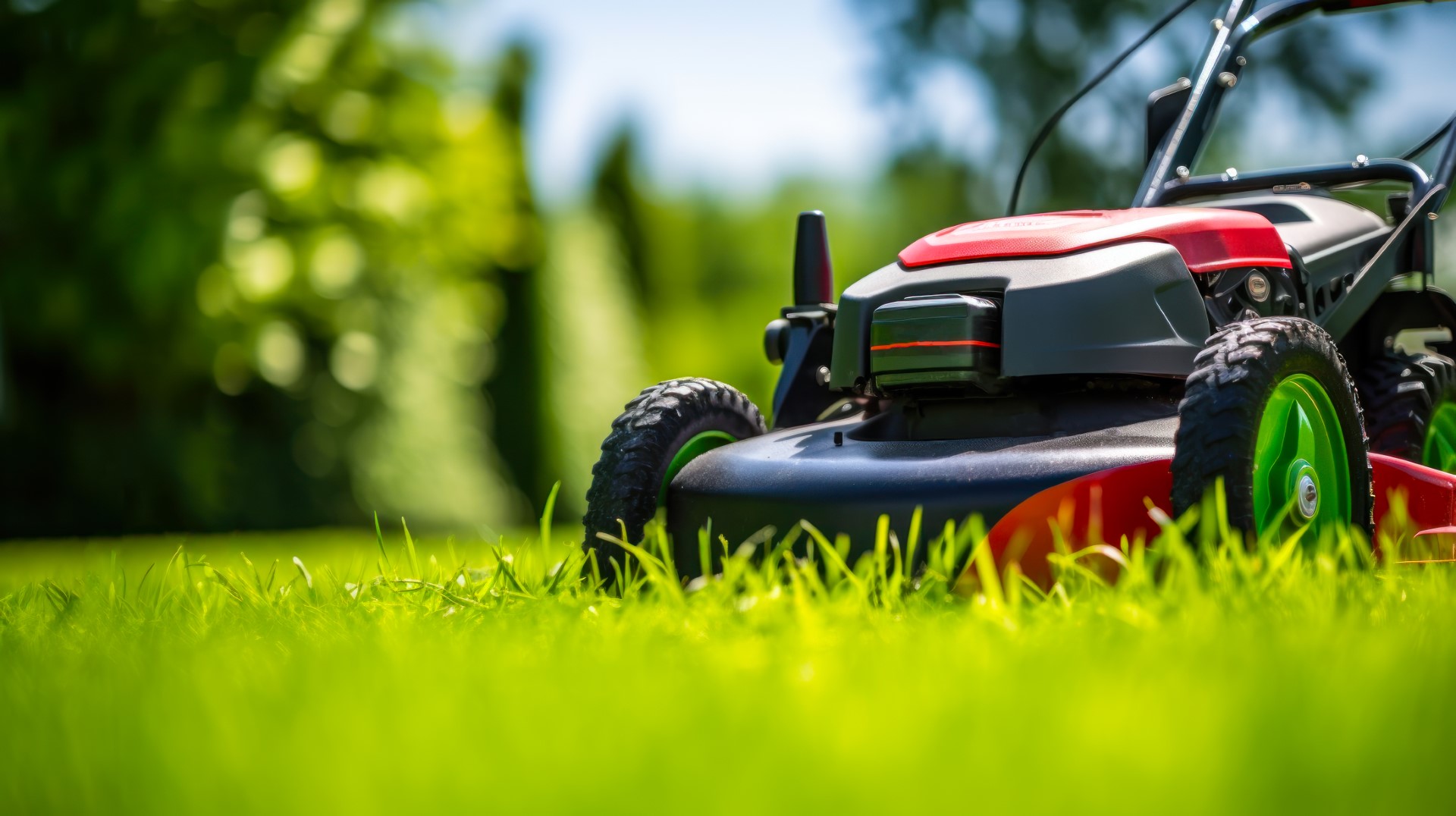As summer draws to a close, September marks the perfect time to prepare your lawn for the colder months ahead. In Colorado Springs, where the transition between hot summers and cooler fall weather can be dramatic, taking a few key steps now will help your lawn stay healthy and lush through the winter and be ready to thrive again next spring. Follow these essential September landscaping tips to ensure your lawn remains in top shape.
1. Aerate Your Lawn for Improved Soil Health
One of the most beneficial things you can do for your lawn in September is aeration. Over the summer, soil can become compacted from foot traffic, lawnmowers, and general wear and tear. Aerating helps break up that compacted soil, allowing water, nutrients, and oxygen to penetrate deeper into the root zone.
By aerating your lawn now, you’ll create ideal conditions for root growth, especially as the grass prepares for its dormancy period. If you’re unsure how to aerate, consider hiring a professional to do the job, or rent a core aerator from a local garden center.
2. Overseed Bare Spots and Thinning Areas
September is an excellent time to overseed your lawn, particularly if you’ve noticed thinning grass or bare spots after the summer heat. The cooler temperatures and increased moisture in the air provide the ideal conditions for new grass seed to germinate and establish itself before winter.
Choose a grass seed blend that suits the climate of Colorado Springs, such as a mix of Kentucky bluegrass or tall fescue. Spread the seed evenly over your lawn, paying extra attention to any patchy or thinning areas. After overseeding, make sure to keep the soil moist to encourage germination and root growth.
3. Fertilize for Root Strength and Winter Preparation
Fertilizing in September gives your lawn the nutrients it needs to strengthen its root system before the dormant winter months. Fall fertilizers are typically high in potassium, which promotes root health and helps the grass store essential nutrients that will be needed in the spring.
Look for a slow-release fertilizer specifically designed for fall use, and apply it evenly over your lawn. This extra boost of nutrients will help your lawn recover from summer stress and better prepare it to withstand the colder weather ahead.

4. Adjust Your Mowing Height
As fall approaches, you’ll want to slightly raise your mower blades to keep your grass a bit longer than during the summer months. Mowing your grass to a height of about 3 inches helps protect the root system from sudden temperature drops and reduces the likelihood of weed growth.
Leaving the grass slightly taller also helps it retain moisture, which is especially important in the dry climate of Colorado Springs. Continue mowing until the grass stops growing in late fall, but avoid cutting it too short before winter, as shorter grass is more vulnerable to cold damage.
5. Water Wisely Before the First Frost
Even though the weather is cooler, your lawn still needs consistent watering in September. However, as temperatures begin to drop, your lawn will require less water than it did during the summer. Aim to water deeply and less frequently, allowing the moisture to penetrate the root zone.
Colorado Springs typically sees less rainfall in early fall, so adjust your watering schedule based on current conditions. Be mindful of the first frost, as you’ll want to gradually reduce watering as the weather cools and winter approaches.

6. Rake Leaves and Debris Regularly
While fallen leaves can add to the charm of autumn, they can also cause problems for your lawn if left unchecked. A layer of leaves and debris can block sunlight and trap moisture, leading to fungal growth or dead patches in your lawn. Regularly raking leaves and clearing debris helps your lawn breathe and get the nutrients it needs.
Consider using the leaves as mulch or adding them to your compost pile to create nutrient-rich soil for next year’s garden.
7. Prepare Your Lawn for Winter Pests
September is also a great time to take preventative action against common fall pests like grubs or rodents that can damage your lawn over the winter. Inspect your lawn for signs of pest activity, such as brown patches or chewed grass, and treat the affected areas if necessary.
Consider applying a fall lawn insecticide to prevent any pests from causing damage as your grass enters dormancy. Addressing pest issues now will help ensure a healthy, pest-free lawn in the spring.
Conclusion
By following these essential September lawn care tips, you can set your lawn up for success throughout the fall and winter. Aerating, overseeding, fertilizing, and proper mowing are all crucial steps to maintaining a strong and healthy lawn that will emerge in great shape when the spring thaw arrives. With the right care, your lawn will stay lush, green, and resilient, no matter what the changing seasons bring.
For expert help with your fall lawn care, consider reaching out to Affordable Services Landscaping in Colorado Springs. Our team of professionals can ensure your lawn gets the care it needs to thrive year-round.






